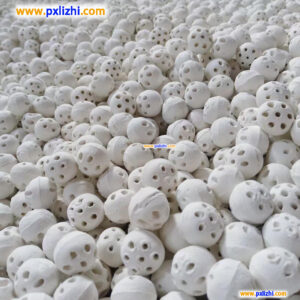
The Ultimate Guide to Inert Ceramic Balls: Benefits, Uses, and Applications
Inert ceramic balls are versatile, high-performance materials widely used across industries for their exceptional durability and chemical resistance. These small, spherical components play a critical role in enhancing process efficiency, protecting equipment, and improving product quality.
Key Benefits of Inert Ceramic Balls
Inert ceramic balls offer numerous advantages, including excellent thermal stability, high mechanical strength, and resistance to corrosion and abrasion. They are non-reactive, making them ideal for harsh chemical environments. Their uniform size and shape ensure consistent performance in various applications.
Common Uses and Applications
These balls are commonly used as support media in catalytic reactors, tower packings, and as grinding media in mills. They serve as bed supports in chemical processing, oil refining, and environmental protection systems. Additionally, they are utilized in the pharmaceutical, petrochemical, and water treatment industries.
Frequently Asked Questions
What materials are inert ceramic balls made from?
They are typically manufactured from high-alumina content or other ceramic compositions, ensuring maximum inertness and durability.
How do inert ceramic balls improve process efficiency?
By providing uniform gas or liquid distribution, reducing pressure drops, and protecting catalysts, they help optimize operational performance.
Call to Action
Ready to enhance your industrial processes with reliable solutions? Explore our premium range of inert ceramic ball products designed for superior performance and longevity. Contact us today for a customized quote!